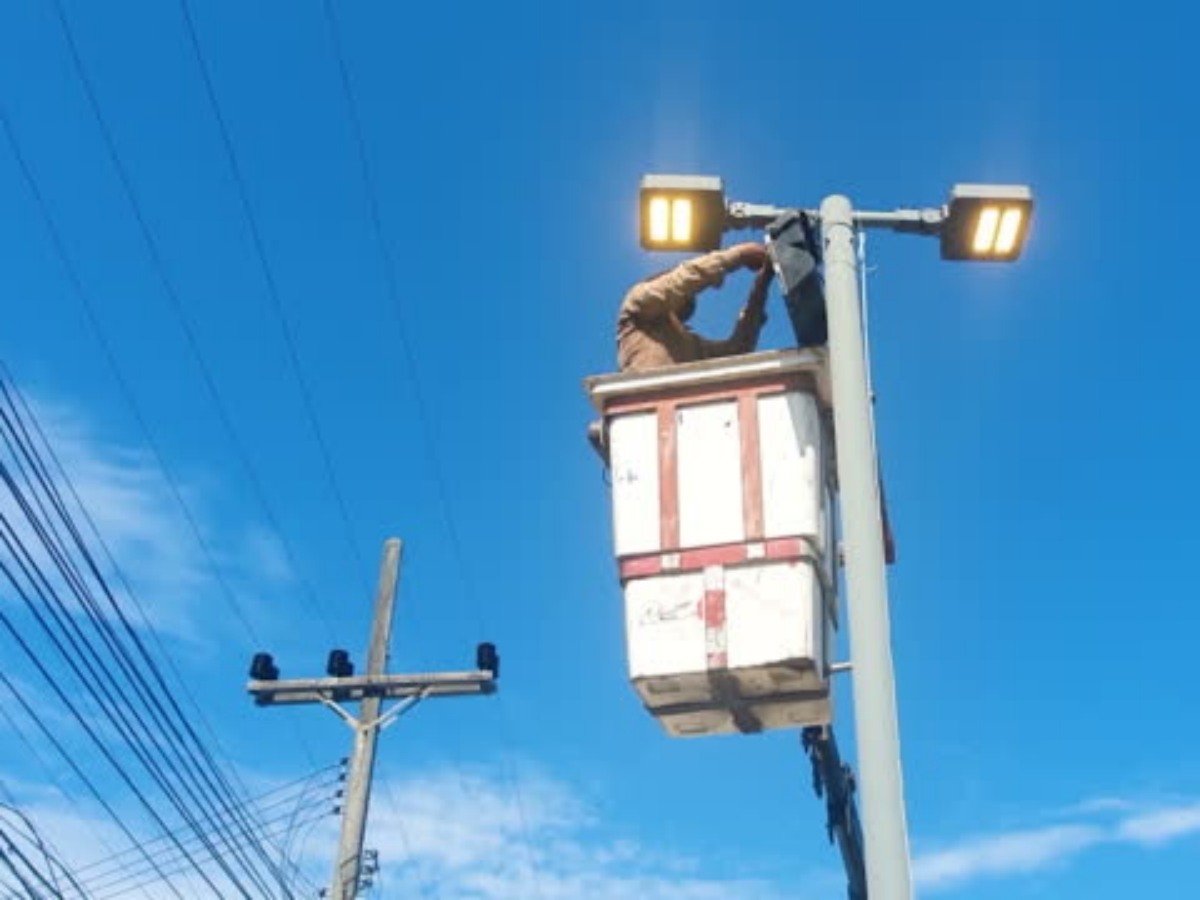Introduction
When it comes to electrical connections, choosing the best wire connector is crucial for ensuring safety, reliability, and efficiency. With a plethora of options available in the market, it can be overwhelming to determine which one is the most suitable for your specific needs. In this article, we will explore the different types of wire connectors and discuss their features, advantages, and applications. Whether you are a professional electrician or a DIY enthusiast, this comprehensive guide will help you make an informed decision and select the best wire connector for your electrical projects.
1. Butt Connectors: Ensuring Secure Wire Joins
Butt connectors are widely used in electrical installations to join two wires securely. These connectors consist of a metal tube with a plastic insulation covering it. By inserting the stripped ends of the wires into each end of the connector and crimping it with a crimping tool, a reliable electrical connection is established. Butt connectors are available in various sizes to accommodate different wire gauges, making them versatile for a wide range of applications.
2. Twist-On Wire Connectors: Quick and Easy Connections
Twist-on wire connectors, also known as wire nuts, are a popular choice for residential wiring and electrical repairs. These connectors feature a cone-shaped plastic casing with internal threads and a wire insert. By twisting the connector onto the stripped ends of the wires, a secure connection is formed. Twist-on wire connectors are color-coded to indicate their capacity, making it easier to select the appropriate connector for the wire size.
3. Crimp Connectors: Reliable and Durable Connections
Crimp connectors are widely used in automotive, marine, and aerospace applications where reliable and durable connections are essential. These connectors require a crimping tool to compress the metal sleeve onto the wire, creating a strong mechanical bond. Crimp connectors come in various types, including spade terminals, ring terminals, and bullet connectors, each designed for specific applications.
4. Push-In Wire Connectors: Effortless and Time-Saving
Push-in wire connectors, also known as push-in terminals or splice connectors, are designed to simplify electrical connections. With these connectors, you can insert the stripped wire ends directly into the terminal without the need for stripping or crimping. The connector's internal spring mechanism holds the wires securely in place, ensuring a reliable electrical connection. Push-in wire connectors are ideal for applications where frequent wire changes or additions are required.
5. Terminal Blocks: Ideal for Multiple Wire Connections
Terminal blocks are used when multiple wire connections need to be made within an electrical enclosure. These blocks consist of a rigid plastic or metal base with multiple screw terminals. Each terminal can accommodate one or more wires, allowing for organized and secure connections. Terminal blocks are commonly used in industrial control panels, distribution boards, and other complex electrical systems.
6. Solder Connectors: Ensuring Strong Electrical Joints
Solder connectors provide a strong and permanent electrical joint by melting solder to bond the wires together. These connectors are commonly used in automotive, aerospace, and audio applications where vibration or movement may compromise the integrity of other types of connectors. Solder connectors require heat to melt the solder and form a reliable electrical connection.
7. IDC Connectors: Efficient Wiring in Mass Production
Insulation Displacement Connection (IDC) connectors are widely used in mass production environments due to their efficiency and ease of use. These connectors feature sharp metal contacts that pierce the wire insulation when it is inserted into the connector. IDC connectors eliminate the need for stripping wires, making them ideal for high-volume assembly lines. They are commonly found in telecommunications, computer networking, and home automation systems.
8. Wire Ferrules: Enhancing Electrical Connections
Wire ferrules, also known as cord end terminals, are used to enhance the reliability and conductivity of wire connections. These connectors consist of a metal tube with a plastic insulation sleeve. By inserting the stripped wire end into the ferrule and crimping it, the wire strands are compressed, creating a solid connection. Wire ferrules are commonly used in applications where stranded wires are terminated, such as control panels and industrial machinery.
9. Waterproof Wire Connectors: Protection in Wet Environments
Waterproof wire connectors are specifically designed to protect electrical connections in wet and harsh environments. These connectors feature a robust outer casing that seals out moisture, dust, and other contaminants. Waterproof connectors are commonly used in outdoor lighting, irrigation systems, marine applications, and underground wiring.
10. High-Temperature Wire Connectors: Handling Extreme Conditions
High-temperature wire connectors are designed to withstand extreme temperatures without compromising their electrical performance. These connectors are made from materials that can handle elevated temperatures, making them suitable for applications such as ovens, furnaces, and industrial machinery. High-temperature wire connectors ensure a secure and reliable connection even in challenging environments.

